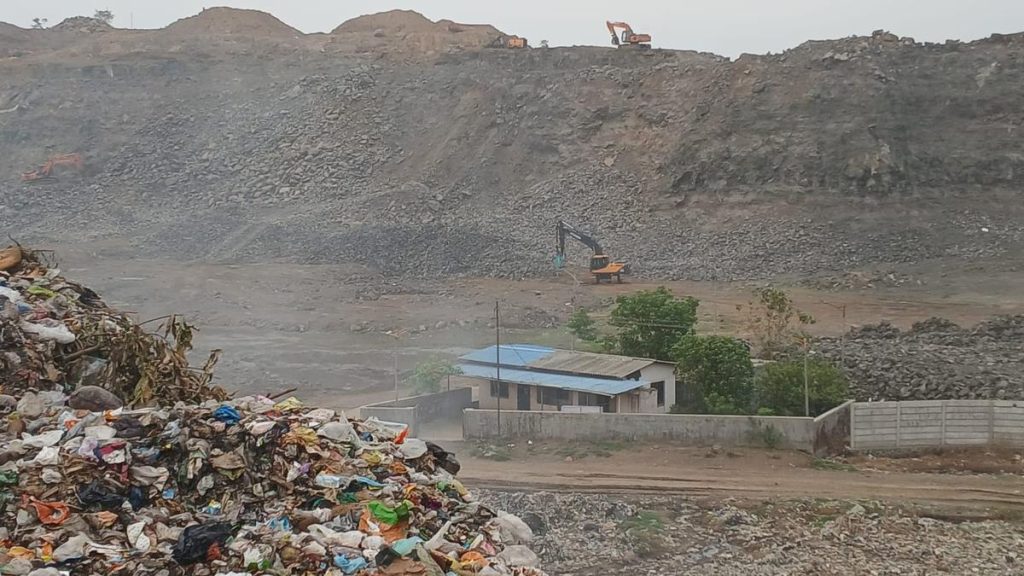Now Reading: Archaeologists Reveal Hidden Secrets of Tower of London in Landmark Dig
-
01
Archaeologists Reveal Hidden Secrets of Tower of London in Landmark Dig
Archaeologists Reveal Hidden Secrets of Tower of London in Landmark Dig
Speedy Summary
- The Tower of London, standing as the 11th century, underwent its largest excavation in decades overseen by Historic Royal Palaces.
- Focus was on uncovering medieval burial sites and chapel remains at St. Peter ad Vincula within the Tower’s inner ward.
- Archeologists discovered remnants of four high-status medieval chapels built atop each other and rare burial artifacts, including incense pots dating to 1150-1250.
- Analysis revealed important findings about human life from the 13th to the 16th century, such as textiles, shards of stained glass, jewelry fragments, and burial shrouds.
- Excavated remains include individuals of varying social statuses: a middle-aged female with a rich diet buried in a coffin and a younger male buried in a shroud with evidence of childhood stress.
- Researchers also found burials possibly linked to early Black Death victims from mid-14th century hurried grave sites distinct from designated plague grounds nearby.
- further testing at Cardiff University aims to better understand the health, diets, movements, origins, and societal roles of Tower residents over time.
Images:
Indian Opinion Analysis
The recent excavation offers valuable insights into how archeological science complements historical records in preserving cultural heritage for modern understanding-something particularly relevant for India given its rich history and diverse architectural legacy.
Projects such as this demonstrate how even limited excavations can unravel centuries-old mysteries concerning lifestyles across classes-from diet differences between elites and middle-class workers to community structures during pandemics like the Black Death-a parallel worth noting due to recent global crises like COVID19.
India could take cues from this example when considering excavative research around key historic monuments (like forts or temples). Techniques such as isotope analysis might similarly provide revelations about ancient local diversity or migratory influences shaping civilizations here over millennia while safeguarding monumental integrity during restoration work ensuring layers aren’t lost priority alongside academic publication/revival read national scope extended
Read More here.
























